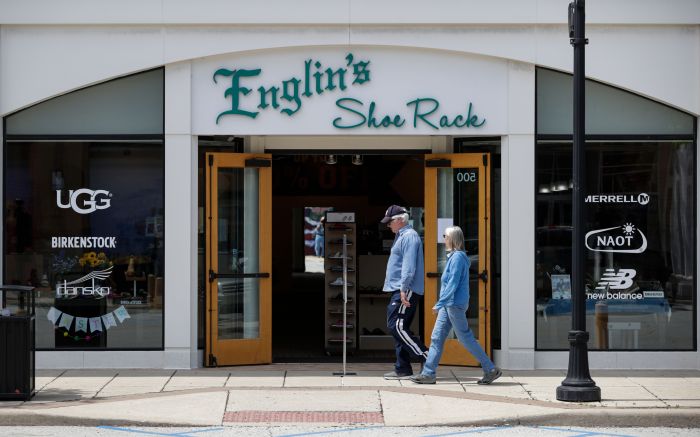By Madeleine Streets
Source: footwearnews.com, May 2020
The scale and scope of e-commerce powerhouses such as Amazon and Walmart has created a challenging environment for small businesses in recent years. Combined with pandemic-induced restrictions on brick-and-mortar, it is a difficult landscape for local retailers, but not an impossible one, with a sufficient e-commerce infrastructure in place.
“You’re likely not going to be able to compete on price with big retailers like Amazon,” said Mark Lewis, CEO at e-commerce development agency Netalico. “But a lot of people, particularly ones that like to shop local, appreciate the realness of feeling like they’re buying from people rather than a giant corporation.”
Lewis recommended that small retailers prioritize providing the functionality for customers to make those purchases. For companies with an existing website, adding an e-commerce channel can be quick; many content management systems have add-on e-commerce functions, such as at Wix and Squarespace. For those without any online presence, platforms like Shopify and BigCommerce provide quick on-boarding for immediate use.
Mobile continues to grow in popularity as a purchasing method, so it is important that retailers make their platform phone-friendly. Other things businesses might overlook include providing a contact number or email address to help field customer service concerns, and regularly verifying the website is still live and functioning.
“Online customers are much more prone to distraction, so if they have a question or issue about something and you’re not able to resolve it quickly, that’s likely a lost sale,” said Lewis.
Keeping in touch with shoppers is critical throughout the shopping journey. If an e-commerce platform is entirely new to the company, customers must be informed there is now a way to buy online; once they have completed their purchase, brands should continue to communicate relevant offers or share updates to service.
Local retailers are unlikely to be able to match the shipping speed and service of their larger competitors that have access to vast logistics networks. However, they are also more likely to be shipping within a smaller radius — and that can lessen the burden of order fulfillment, even during the pandemic. Other delivery options, such as curbside pick-up and “buy online, pickup in store,” can enable businesses to provide same-day or next-day service.
“A good start is when a local business is able to offer the same products and services online that they’re offering in stores,” said Lewis. “After that point, [it’s about] trying to improve upon the e-commerce experience and make it specialized to the behavior of online shoppers.”

